The 5 Best Exercises to Keep Your Mum & Dad Mobile
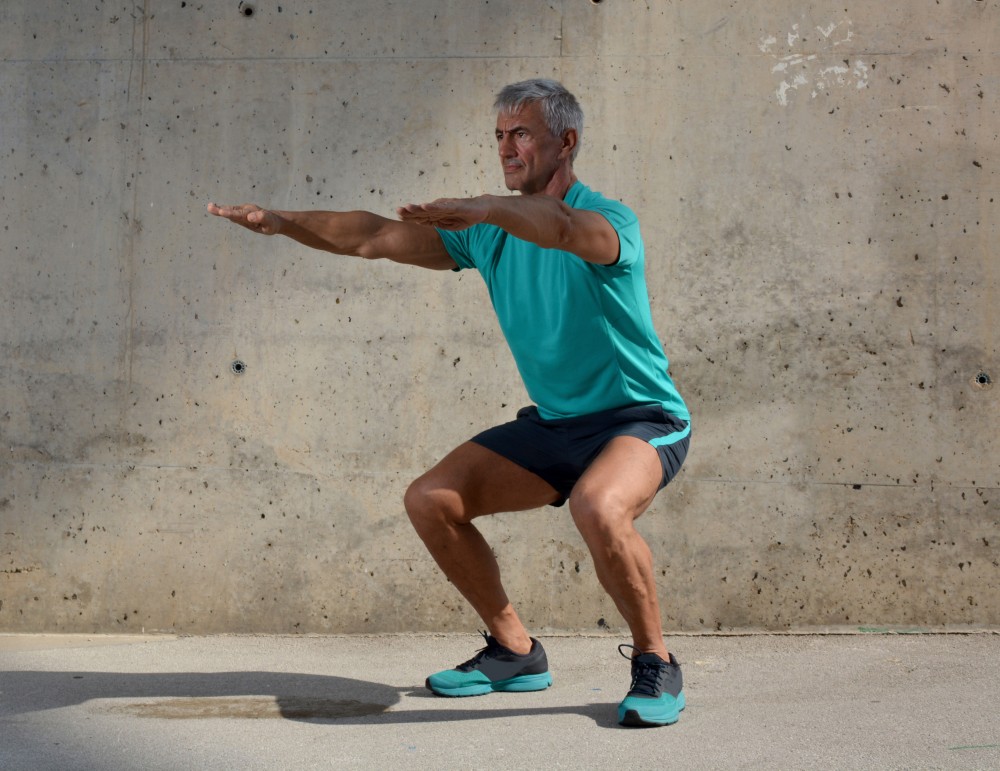 Hello and welcome back to the ThreeSpires Physiotherapy blog where we take a look at all things physiotherapy and health related. One of our major roles as physiotherapists visiting patients in their homes across Lichfield, Sutton Coldfield, Tamworth, Rugeley, Cannock and Walsall (to name just a few of the areas we go to) is working on improving and maintaining the mobility of elderly patients. As such as a physiotherapist one of the questions that I (and to be honest all of the physiotherapists here at ThreeSpires Physiotherapy) keep getting asked is “what can I do to keep my mum and dad fit and mobile and what are the best exercises to do?” So, I thought in this blog we would have a look at my top 5 exercises that I would recommend that all elderly patients are doing in order to keep mobile and stay fit.
Hello and welcome back to the ThreeSpires Physiotherapy blog where we take a look at all things physiotherapy and health related. One of our major roles as physiotherapists visiting patients in their homes across Lichfield, Sutton Coldfield, Tamworth, Rugeley, Cannock and Walsall (to name just a few of the areas we go to) is working on improving and maintaining the mobility of elderly patients. As such as a physiotherapist one of the questions that I (and to be honest all of the physiotherapists here at ThreeSpires Physiotherapy) keep getting asked is “what can I do to keep my mum and dad fit and mobile and what are the best exercises to do?” So, I thought in this blog we would have a look at my top 5 exercises that I would recommend that all elderly patients are doing in order to keep mobile and stay fit.
Firstly though I think it is important to have a quick look at why mobility and general fitness in older people such as your mum and dad or grandparents is important and is it actually just a normal part of aging?
Is Loss of Mobility in The Elderly Normal?
As a physiotherapist I have a real passion and belief that all people should stay as healthy, fit and strong as possible and that staying mobile is extremely important. However many people are not always fully aware of the importance of this and sometimes think that as people age they should in general lose strength and mobility and this is just part and parcel of getting older. If you are reading this and you are currently healthy, young and fit it is possible that you look at your parents or grandparents and see that they are getting a bit slower, not doing quite as much as they used or generally looking a little bit wobbly and think that this is perfectly normal. As a physio I can tell you that this is simply not the case and that if you see that your parents or grandparents doing less and looking a bit wobbly then this is a sign that things are not right and that they need to do something about.
Why is Mobility in the Elderly Important?
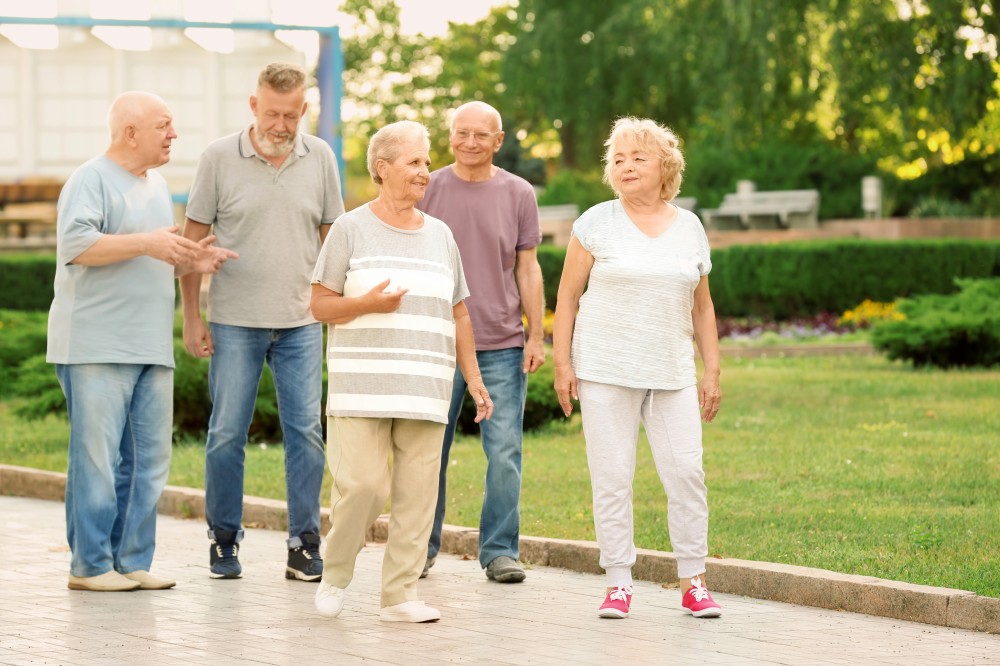 A slow and general tendency that I see often as a physiotherapist working in the community is for many older people to just do a little bit less and become ever so slightly less active each year. They then in general avoid the things that they have started having difficulties with - often they will not discuss any of this and will actually keep it secret. My opinion (and probably that of most physios) is that this is not a good idea and is in fact a way of causing problems later on in life. The example here might help illustrate the problem: if over a number of years you slowly do a bit less, possibly this might happen over 10 years and will initially be very difficult to notice then slowly but inevitably your general strength, balance and fitness will get less and less. Eventually every day tasks and chores such as going to the supermarket will become harder to complete and both yourself and your wider family will likely to put this down to age and won't think that actually it is due to a lack of general activity. At some point, you may become ill (for example you get an infection) and you then need to go to hospital for a period of time. When this occurs if you have been staying healthy, doing lots of exercise and generally keeping fit you will be well placed to make a good recovery once you are well again. However, if already you are finding walking and every day tasks difficult this illness may well take you completely off your feet and mean that you have a very long road to making a recovery (if this is at all possible).
A slow and general tendency that I see often as a physiotherapist working in the community is for many older people to just do a little bit less and become ever so slightly less active each year. They then in general avoid the things that they have started having difficulties with - often they will not discuss any of this and will actually keep it secret. My opinion (and probably that of most physios) is that this is not a good idea and is in fact a way of causing problems later on in life. The example here might help illustrate the problem: if over a number of years you slowly do a bit less, possibly this might happen over 10 years and will initially be very difficult to notice then slowly but inevitably your general strength, balance and fitness will get less and less. Eventually every day tasks and chores such as going to the supermarket will become harder to complete and both yourself and your wider family will likely to put this down to age and won't think that actually it is due to a lack of general activity. At some point, you may become ill (for example you get an infection) and you then need to go to hospital for a period of time. When this occurs if you have been staying healthy, doing lots of exercise and generally keeping fit you will be well placed to make a good recovery once you are well again. However, if already you are finding walking and every day tasks difficult this illness may well take you completely off your feet and mean that you have a very long road to making a recovery (if this is at all possible).
DISCLAIMER ALERT: Now, please bear in mind that this does not replace the need for a full assessment or seeking medical advice, they are simply an illustration of some exercises that I generally find very helpful with patients.
So disclaimer over, which are my top 5 exercises?
My Top 5 Exercises to Keep Your Mum & Dad Mobile
Below are my top 5 exercises that I use and recommend to my patients on a daily basis as a physiotherapist working in the community with elderly patients who have lost mobility. Now you may be reading this and think that these are too simple or that surely there are more exercises that your parents could do or that it might be better to go to the gym. In this case I would suggest that firstly simple is good, in my experience as a physio, most patients do not do well with complicated exercises (even the young) and those for whom exercise is not a part of their normal routine absolutely need some simple and quick exercises to do. Secondly this is by no means an exhaustive list of every exercise that I use as a physiotherapist with my patients they are simply my top 5 most regularly used exercises that I give out for my older patients to do at home. Thirdly, in my experience the best exercises are the ones that patients are actually going to do and most older patients who are struggling with mobility simply will not go to a gym. So, enough discussion, let's have a look at my top 5 favourite exercise to use to keep your parents and grandparents mobile:
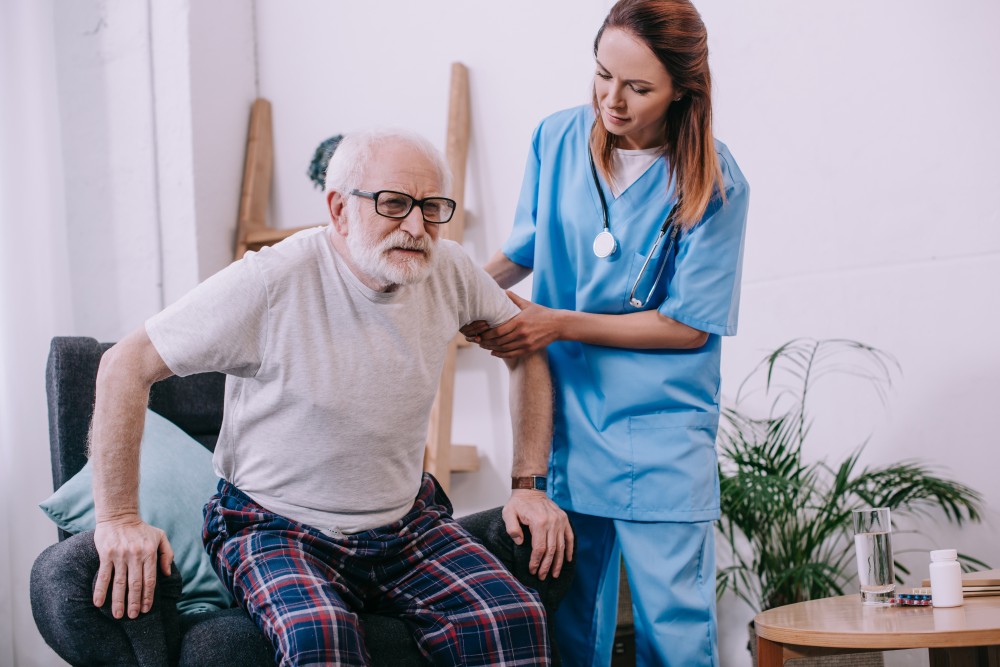 Sit to Stand: Sounds simple and it is but it’s also incredibly effective for strengthening up a patient's quads, hips and just generally improving their ability to get up and out of chair. Many of the patients we see as physios have great difficulty getting out of their chairs and this tends to stop them doing much, they find getting out of a chair difficult and therefore are reluctant to get up and do stuff. This exercise requires no equipment (apart from the chair that they will be sitting on anyway), can be done anytime and can be made easier for them if they have a rise and recline chair by lifting the chair up. All in all it is a fantsastic exercise for any elderly patient who finds that their general mobility and leg strength has declined. Practicing this exercise is hugely effective and over a few weeks makes huge differences to a patient's ability to simply get up and go rather than taking ages to get stood up. In general I ask patients to stand up (they can use their hands on the seat if needed) and then sit down 10 times. 3 sets of these each day should keep their quads, hamstrings and glutes strong.
Sit to Stand: Sounds simple and it is but it’s also incredibly effective for strengthening up a patient's quads, hips and just generally improving their ability to get up and out of chair. Many of the patients we see as physios have great difficulty getting out of their chairs and this tends to stop them doing much, they find getting out of a chair difficult and therefore are reluctant to get up and do stuff. This exercise requires no equipment (apart from the chair that they will be sitting on anyway), can be done anytime and can be made easier for them if they have a rise and recline chair by lifting the chair up. All in all it is a fantsastic exercise for any elderly patient who finds that their general mobility and leg strength has declined. Practicing this exercise is hugely effective and over a few weeks makes huge differences to a patient's ability to simply get up and go rather than taking ages to get stood up. In general I ask patients to stand up (they can use their hands on the seat if needed) and then sit down 10 times. 3 sets of these each day should keep their quads, hamstrings and glutes strong.
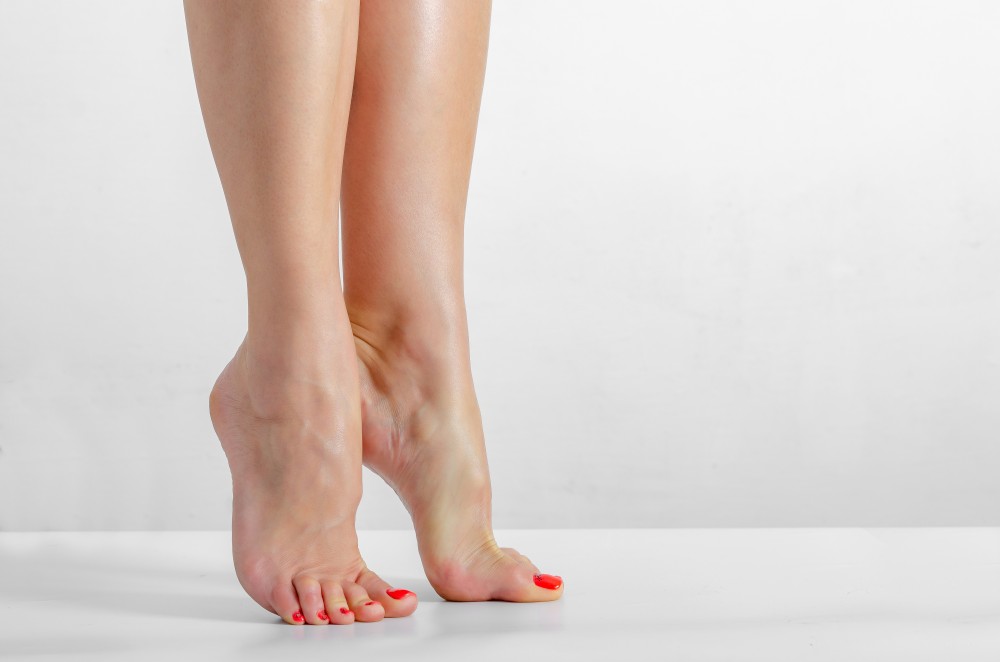 Heel Raises: Again another simple exercise but also a great one for quickly improving your parent's calf strength that requires no equipment and can be done at any time in the day. Personally as a physio working with lots of elderly patients in their homes I really like this exercise as it is so easy or someone to do but also has great results for them really quickly. Having strong calf muscles is hugely important for mobility, as you walk you are using your calf muscles all the way through each step that you take. This exercise also helps with strengthening the muscles inside the foot and improves balance by giving the patient improved foot control and the ability to control their position when on their toes. In this exercise the patient can hold onto something solid (so they don’t lose balance) and then go up onto their toes and back down 10 times. Again 3 sets of these should keep their feet and calf muscles strong.
Heel Raises: Again another simple exercise but also a great one for quickly improving your parent's calf strength that requires no equipment and can be done at any time in the day. Personally as a physio working with lots of elderly patients in their homes I really like this exercise as it is so easy or someone to do but also has great results for them really quickly. Having strong calf muscles is hugely important for mobility, as you walk you are using your calf muscles all the way through each step that you take. This exercise also helps with strengthening the muscles inside the foot and improves balance by giving the patient improved foot control and the ability to control their position when on their toes. In this exercise the patient can hold onto something solid (so they don’t lose balance) and then go up onto their toes and back down 10 times. Again 3 sets of these should keep their feet and calf muscles strong.
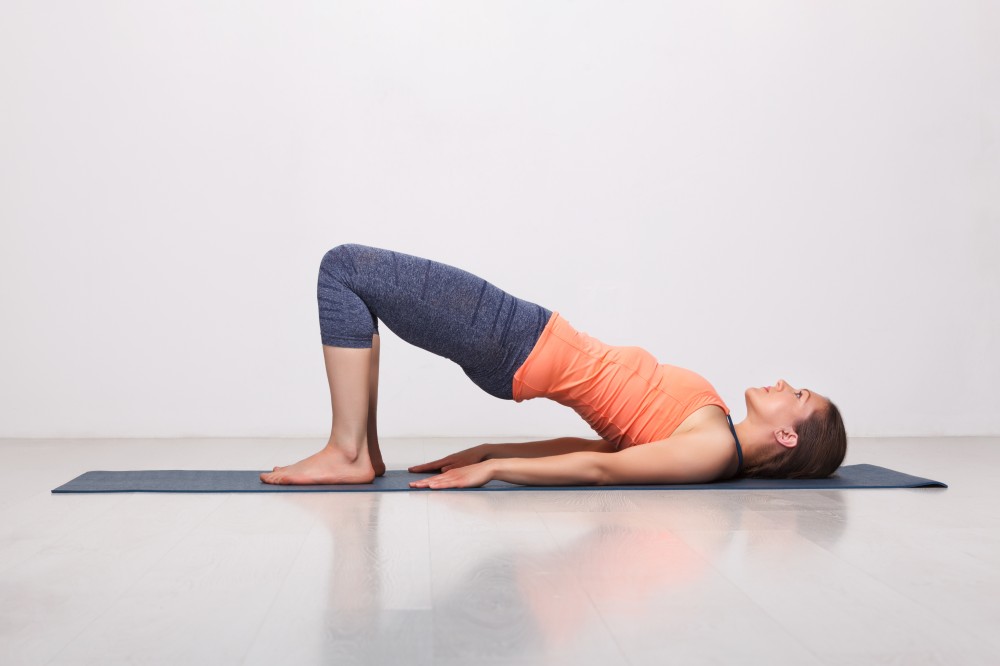 Bridging: This exercise is one that I really like to give out to my older patients as it works the back, stomach hips and core muscles but can be done safely in bed. The patient needs to be in bed, lying on their back with knees bent and feet on the bed. They then need to lift their bum off the bed till their back is straight (or as high as they can go if they can’t get their back straight). A set of 10 in the morning and the evening should keep their lower back, hips, glutes and hamstrings strong. This is a great exercise for helping anyone elderly who is having trouble with moving in bed or whose general core strength has dropped.
Bridging: This exercise is one that I really like to give out to my older patients as it works the back, stomach hips and core muscles but can be done safely in bed. The patient needs to be in bed, lying on their back with knees bent and feet on the bed. They then need to lift their bum off the bed till their back is straight (or as high as they can go if they can’t get their back straight). A set of 10 in the morning and the evening should keep their lower back, hips, glutes and hamstrings strong. This is a great exercise for helping anyone elderly who is having trouble with moving in bed or whose general core strength has dropped.
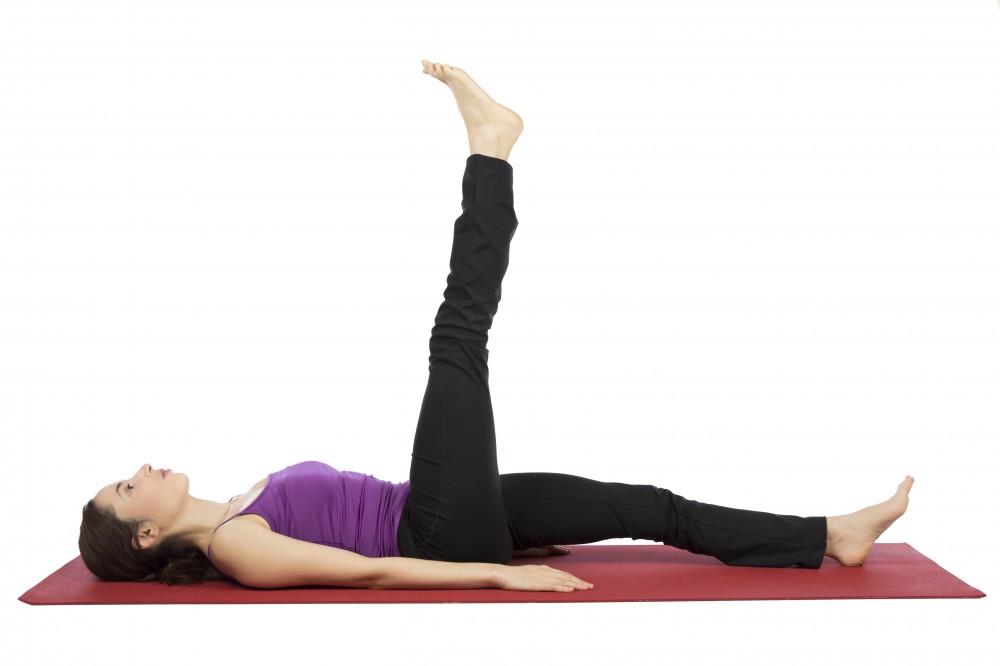 Straight Leg Raises: As a physio, who sees a lot of elderly patients at home I really like exercises that have no need for equipment, that challenge the patient but can also be done easily and regularly. I give this out to lots of my patients and is one of my favourite go to exercises for anyone older who I think has weak hips. To me, this is a good exercise to help with building up hip and general pelvic strength and again does not need any equipment and can be done safely in bed. The patient needs to be in bed on their back and then keeping the knee straight lift one leg at a time off the bed as high as they can. Repeat 10 times on each leg in the morning and evening. This is a fantastic exercise for hip flexors and also helps with core stability as the patient will have to work on keeping themselves anchored to the bed. I also really like it because they are doing some one legged strengthening work but without the need to use any equipment or take the risk of standing on one leg.
Straight Leg Raises: As a physio, who sees a lot of elderly patients at home I really like exercises that have no need for equipment, that challenge the patient but can also be done easily and regularly. I give this out to lots of my patients and is one of my favourite go to exercises for anyone older who I think has weak hips. To me, this is a good exercise to help with building up hip and general pelvic strength and again does not need any equipment and can be done safely in bed. The patient needs to be in bed on their back and then keeping the knee straight lift one leg at a time off the bed as high as they can. Repeat 10 times on each leg in the morning and evening. This is a fantastic exercise for hip flexors and also helps with core stability as the patient will have to work on keeping themselves anchored to the bed. I also really like it because they are doing some one legged strengthening work but without the need to use any equipment or take the risk of standing on one leg.
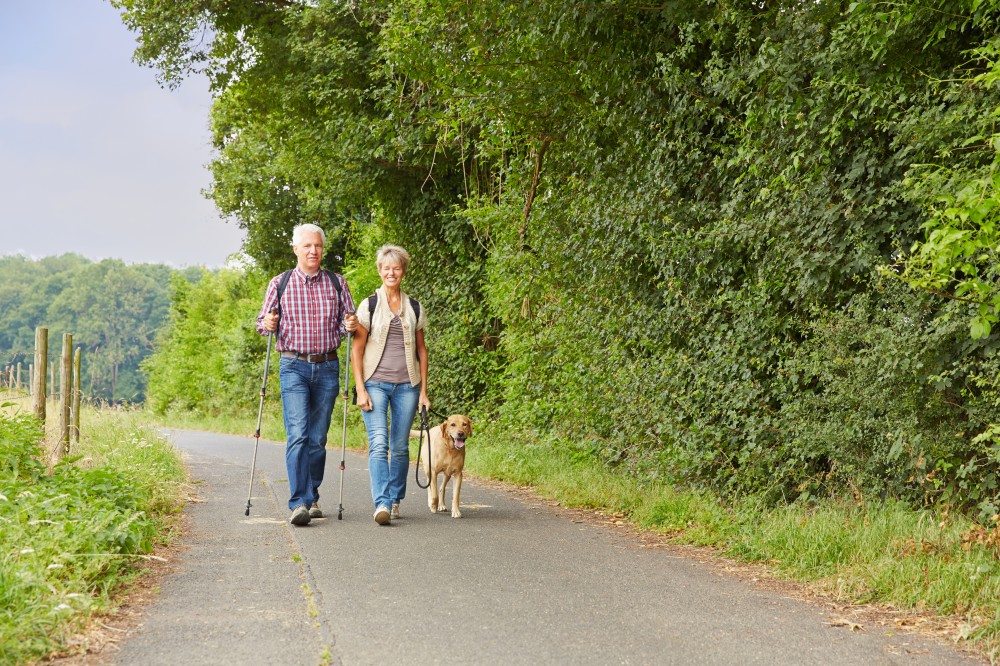 Walking!! Now I can definitely hear some people groaning and thinking to themselves that this is not really an exercise to help with mobility. However I really do disagree, as a physiotherapist seeing a large number fo elderly patients who have lost their mobility I can honestly say that doing more walking in the past would have been an excellent exercise for them to have done. Sometimes the best exercise to improve walking is to actually go out and do some walking. There really is no getting away from the fact that walking really does help improve walking!! When seeing patients whose mobility is declining our physiotherapists put a huge amount of effort into convincing them that they need to be on their feet much more. Certainly if you notice that your parents or grandparents have stopped getting out as much as they used to then I would strongly recommend that you encourage them to get out and do some walking and keep fit.
Walking!! Now I can definitely hear some people groaning and thinking to themselves that this is not really an exercise to help with mobility. However I really do disagree, as a physiotherapist seeing a large number fo elderly patients who have lost their mobility I can honestly say that doing more walking in the past would have been an excellent exercise for them to have done. Sometimes the best exercise to improve walking is to actually go out and do some walking. There really is no getting away from the fact that walking really does help improve walking!! When seeing patients whose mobility is declining our physiotherapists put a huge amount of effort into convincing them that they need to be on their feet much more. Certainly if you notice that your parents or grandparents have stopped getting out as much as they used to then I would strongly recommend that you encourage them to get out and do some walking and keep fit.
Okay, I hope that you have found this blog useful and that some of the exercises above give you some ideas about how to keep your elderly relatives (e.g. mum, dad, grandparents) active and mobile. If you have read these exercises and thought to yourself that they are too easy and there is no way that they would be challenging for your parents or grandparents then I recommend that you test them out on them As a physio I can honestly assure you that for the vast majority of people over the age of 65 these will be challenging. You may also think that they need to be more interesting and have more excitement and this may be true for someone who is young and fit and staying active, however for the majority of elderly people out there the opposite is true. Most of the older patients I see as a physio really do not like complicated exercises or anything that requires them to get equipment out and in fact they then simply tned not to do the exercises. My experience has been that you need to keep the exercises, simple, easy to understand, easy to do at anytime and also safe but challenging for them. They also need quickly to get a quick boost such as the ability to get out of the chair easier otherwise their motivation will tend to crumble. I really do believe that by working hard on fitness and strength and just generally staying mobile that most people could avoid the decline in strength and mobility that affects so many of our aging population.
If this is the first time you have read this physiotherapy blog it might be helpful to be aware that we are a home visit physiotherapy service based in Lichfield and serving Sutton Coldfield, Tamworth, Rugeley, Cannock and Walsall. if you or someone you know needs help with their mobility then please do get in touch.
REQUEST A CALLBACK
Just fill in the form below and give us a quick idea of your problem/request so that we can be better prepared to help you.
